According to a recent survey by PWC, mergers and acquisitions (M&A) are expected to lead the post-pandemic economic recovery. As M&A activity accelerates in 2021, the survey suggests that there will be an increase in five-billion-dollar deals on the table. While this is good news for the economy, the legal community will be bracing for hard, fast, and high-stakes work.
An inevitable consequence of the rise in M&A activity is the increase we can expect to see in second requests. Second requests—the discovery procedures regulators use to determine whether potential antitrust issues might arise from proposed M&A activity—come with a host of attendant challenges and costs for corporations, their counsel, and legal service providers.
Responses are typically high-volume, deadline-driven discovery projects characterized by non-negotiable, extremely tight timeframes with no room for error. When multiple international jurisdictions and languages are involved, the project scope and complexity can escalate even further. Larger transactions can involve millions of documents requiring hundreds of reviewers to power through the task on time.
Based on our experience and direct involvement with second requests, we suggest the following strategies to contain unexpected costs and challenges associated with second requests.
1. Use advanced technologies
Technology is a foundational enabler for meeting the scale and speed challenges of second requests while avoiding exorbitant costs. The technology toolkit will very likely include technology-assisted review (TAR), predictive coding, technology-enabled workflows, and AI tools, including machine translation for multi-lingual matters. Now is the time to ensure the availability of all the required tools and skills in-house or seek outside help.
2. Maintain project structure
Delivering on-time, complete, and accurate antitrust investigation responses at scale demands the orchestration of many different elements, from gathering the necessary technology and legal resources to training consultants or external personnel. Prioritize meticulous workflow planning from the outset to maximize time and resources.
3. Customize workflows and processes for each project
With second requests, it’s critical that workflows operate concurrently to efficiently route documents to reviewers according to the issues presented as well as to jurisdiction-specific requirements.
Every possible contingency must be planned for, including abrupt changes in legal strategy by counsel.
Sequencing, resource structure, accountability, and processes to escalate and resolve questions efficiently are all equally important. These projects typically involve a bell curve of headcount requirements where significant workflow pivots might be required on very short notice, impacting how the review team works from day to day or hour to hour. This requires building ongoing communication processes into the workflow to keep the team as productive as possible.
4. Prioritize real-time collaboration
Ensure that clear communication channels have been established with all key players. Close collaboration with counsel must be built into the project so that issues can be resolved as soon as they arise. In a project with a 10-day deadline, a wasted half-day will feel like a lifetime. Project managers must immediately communicate any changes in strategy and ensure those changes are implemented in all relevant workflows and technologies.
5. Pay attention to GDPR and privacy regulations
During the project planning process, review teams must give careful consideration to the role of GDPR (General Data Protection Regulations), U.S. data privacy regulations, and similar jurisdiction-specific privacy laws as they manage and produce information for second requests. The sources of the data and complex privacy frameworks that apply to data transfer and production must always be factored in. Firms may end up with a large subset of documents requiring separate review to ensure compliance with U.S. and GDPR privacy laws during production.
6. Build the right review team
With a suitably sized project, in-house review teams can handle the process—with the caveat that the M&A team will need to compete for time with other internal clients. This isn’t always practical for larger projects, which might require hundreds of reviewers. Even the largest firms can find it challenging to accommodate the necessary internal resources for a mega deal. Many instead rely on paralegals and contract reviewers to support a second request. In such cases, substantial supervision and process management by internal timekeepers will be required.
An alternative solution is to seek out external service providers with the appropriate combination of skills and resources. These might mean engaging providers that have expertise in particular legal practice areas or access to reviewers with less common language skills—Thai or Ukrainian, for example—that are needed for multi-jurisdictional projects.
7. Extend internal resources
For all the above reasons and more, legal firms must be prepared to manage second request document review without exceeding their technology capabilities or overstretching their personnel budget. Some innovative law firms, like Freshfields, have decided to solve the problem by partnering with trusted alternative legal service providers (ALSP).
The right ALSP partner brings legal expertise, technology skills, and access to trained and multi-lingual review personnel skills to complement (and usually exceed) the capabilities of the hiring organization. When assessing a partner, it is important to consider the following criteria: proven credentials in document review and workflow; experience managing the daily progress of a second request-response; the ability to pivot rapidly as a project evolves; team members who are experts in their field; collaborative communication styles; commitment to responsiveness and quality of response; rigorous vetting, testing, and training process for their review teams.
Conclusion
When a second request strikes, planning, communication, workflow and processes, and use of the right technology tools all have equal weight. In the event of a large-scale project, costs will escalate if timekeepers are required to use their billable hours undertaking or supervising document review rather than performing higher-value tasks. To avoid missed deadlines and cost overruns, be prepared to look beyond internal resources to complete the project on deadline and on budget.
To learn how Level Legal keeps the total cost of managed review down, contact us today.
Attribution: © 2022 Originally published on Law Technology Today.


